By Terry Sovil from the February 2012 Edition
In this article we’ll continue our look at the Real Mexico. These are the business parts of this country that work and are a primary reason why Mexico is viewed as a good place to invest and do business with. One of the big reasons is the fantastic infrastructure that Mexico has and the global business partners they work with.
Infrastructure
Mexico is a country well connected with quality infrastructure. The network of roads and railroad systems connects the interior and the north and south borders. This connects Mexico to the United States, Guatemala and Belize on the north and south (up or down) and the west and east coasts joining sea Ports on the Pacific Ocean with those on the Gulf of Mexico and the Caribbean Sea/Atlantic Ocean. There are also numerous “dry ports” (distribution terminals) that help connect the sea ports reducing costs and speeding the handling of goods.
There are 50 access points along the border between Mexico and the United States. The annual traffic is 4.7 million trucks and more than 64 million personal vehicles.
Mexico has:
- 74 open airports (11 for domestic traffic and 63 for international transportation). The state of Colima has an international airport in Manzanillo and a domestic airport in Colima city, the capitol of Colima.
- 114 sea ports (53 cabotage ports and 61 grand cargo and cabotage ports) with Manzanillo having one of the largest deep water ports in Mexico. A cabotage port involves the transport of goods, or passengers, within the same country by a vessel registered in another country.
- 27 thousand kilometers of railroads with Manzanillo well connected by rail to Guadalajara.
- Mexico has 133 thousand kilometers of paved roads (120 thousand kilometers of two lane roads and 13 thousand kilometers of highways of four lanes or more). Manzanillo has excellent roads throughout the state of Colima and good connections to Guadalajara and Colima city by truck, car or bus.
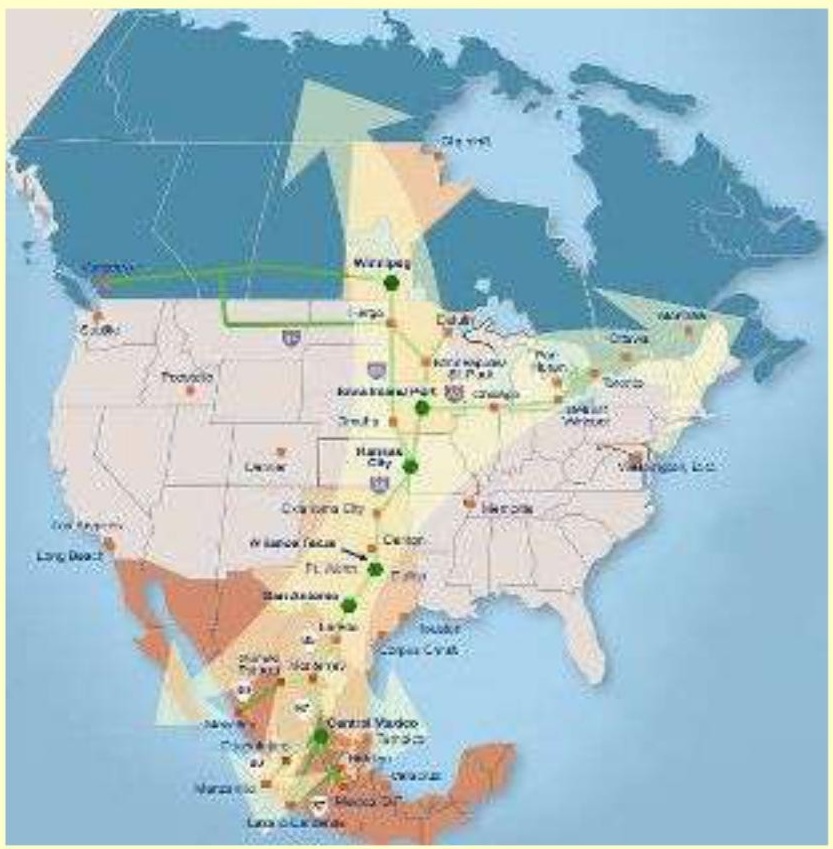
Notice on the map that this is NOT a blueprint or plan. The infrastructure shown is not drawn to scale but shows highways that exist today. This is the NASCO (North American SuperCorridor Coalition, Inc.) routes also called the SuperCorridor and NAFTA Highway. You will see Manzanillo in the lower left with rail and highway connections to Guadalajara and then up to San Antonio. From San Antonio, Texas the rail heads north through Fargo, North Dakota and on to Winnipeg, Canada. From San Antonio it also heads eastward through Kansas City, Chicago and then Detroit/Windsor.
Global business partners
Mexico has been working on diversifying its markets through the use of trade agreements. Mexico has positioned itself as an entrance door to a market that represents 60% of the world’s GDP (gross domestic product). That’s over a billion potential customers. Mexico is in the #2 position worldwide, based on the number of Free Trade Agreements (FTA) it holds. It has signed 10 Free Trade Agreements and an Economic Partnership Agreement (EPA), gaining preferential access to the markets of 43 countries that include the largest economies of the world, such as the United States, Canada, the 27 members of the European Union and Japan. Mexico also has 3 Economic Complementation Agreements (ECA) with Argentina, Brazil and Peru, and an Economic Co-operation Agreement with Cuba.
If you look at the photo you will see the NAFTA (North America Free Trade Agreement) is worth 27.7% of the world’s GDP but Mexico has a European Free Trade Association agreement worth 27.6% and an EPA with Japan worth 10%. They are working hard to add business partners outside the USA to diversify.
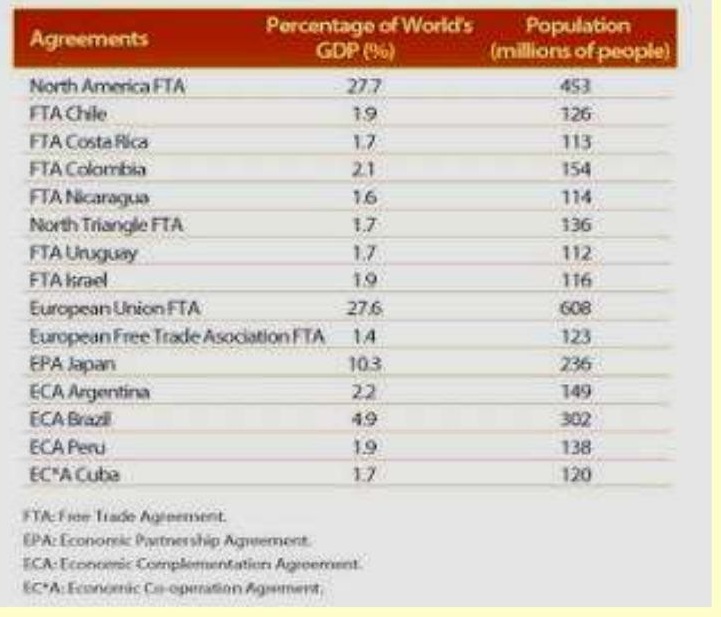
Stability
Through a process called a RIPPA – Reciprocal Promotion and Protection of Investments – Mexico offers legal certainty for foreign investment. This is part of an overall strategy set by the government of Mexico to a legal framework that offers stronger protection for foreign investment in Mexico and Mexican investment abroad.
RIPPAs deal with the areas such as:
A solid definition of the investment
The scope of application – setting clear definition for what will be done Treatment of the investment
Transfers and resolution of controversies between the investor and the government and within the government
Mexico has signed 28 of these agreements.
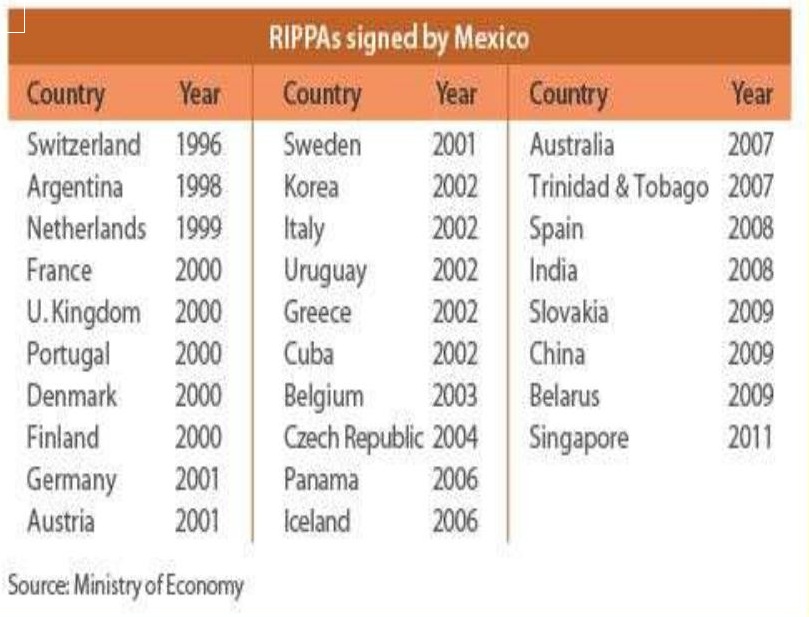
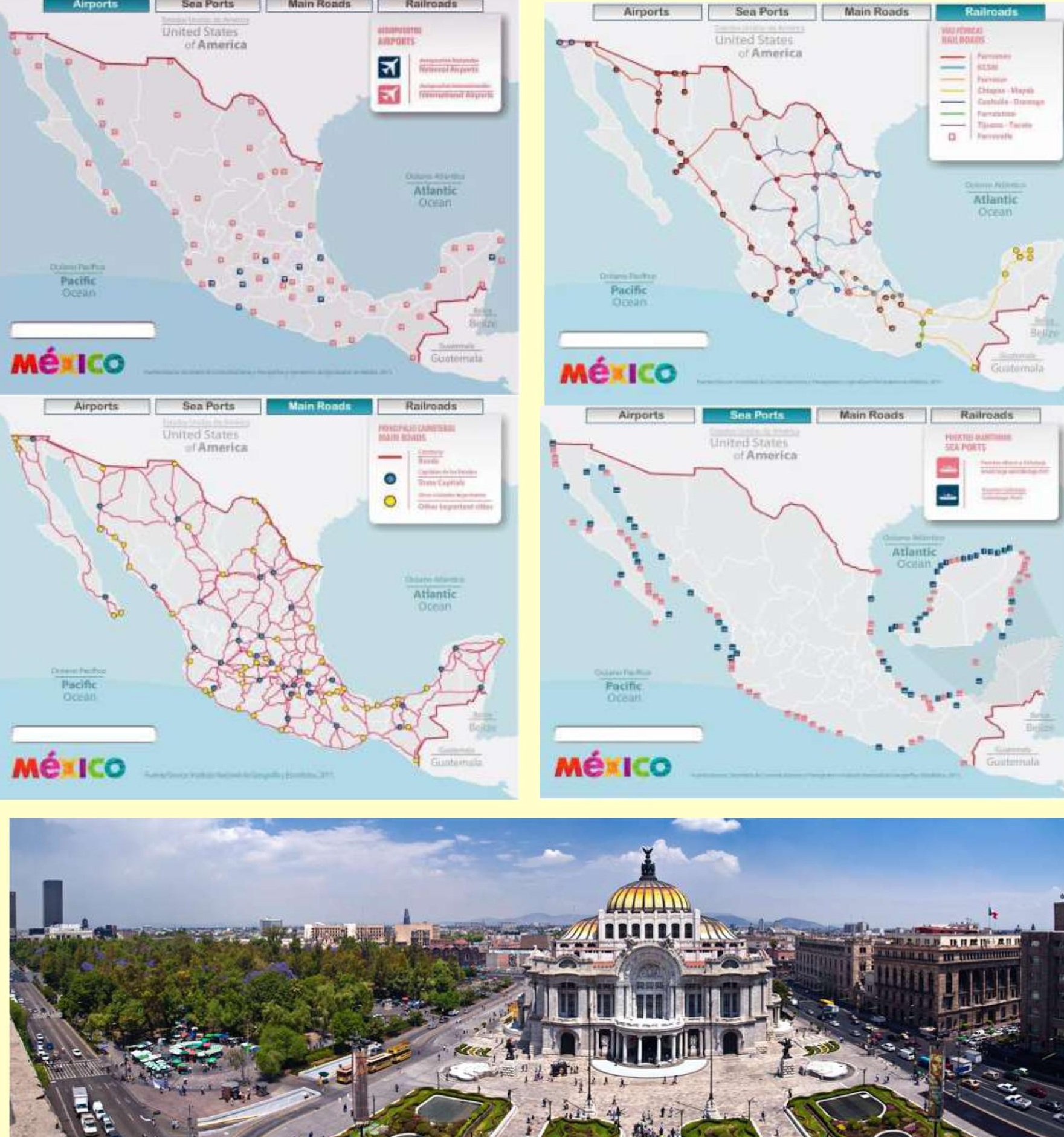
Download the full edition or view it online
—
Terry is a founding partner and scuba instructor for Aquatic Sports and Adventures (Deportes y Aventuras Acuáticas) in Manzanillo. A PADI (Professional Association of Dive Instructors) Master Instructor in his 36th year as a PADI Professional. He also holds 15 Specialty Instructor Course ratings. Terry held a US Coast Guard 50-Ton Masters (Captain’s) License. In his past corporate life, he worked in computers from 1973 to 2005 from a computer operator to a project manager for companies including GE Capital Fleet Services and Target. From 2005 to 2008, he developed and oversaw delivery of training to Target’s Loss Prevention (Asset Protection) employees on the West Coast, USA. He led a network of 80+ instructors, evaluated training, performed needs assessments and gathered feedback on the delivery of training, conducted training in Crisis Leadership and Non-Violent Crisis Intervention to Target executives. Independently, he has taught hundreds of hours of skills-based training in American Red Cross CPR, First Aid, SCUBA and sailing and managed a staff of Project Managers at LogicBay in the production of multi-media training and web sites in a fast-paced environment of artists, instructional designers, writers and developers, creating a variety of interactive training and support products for Fortune 1000 companies.

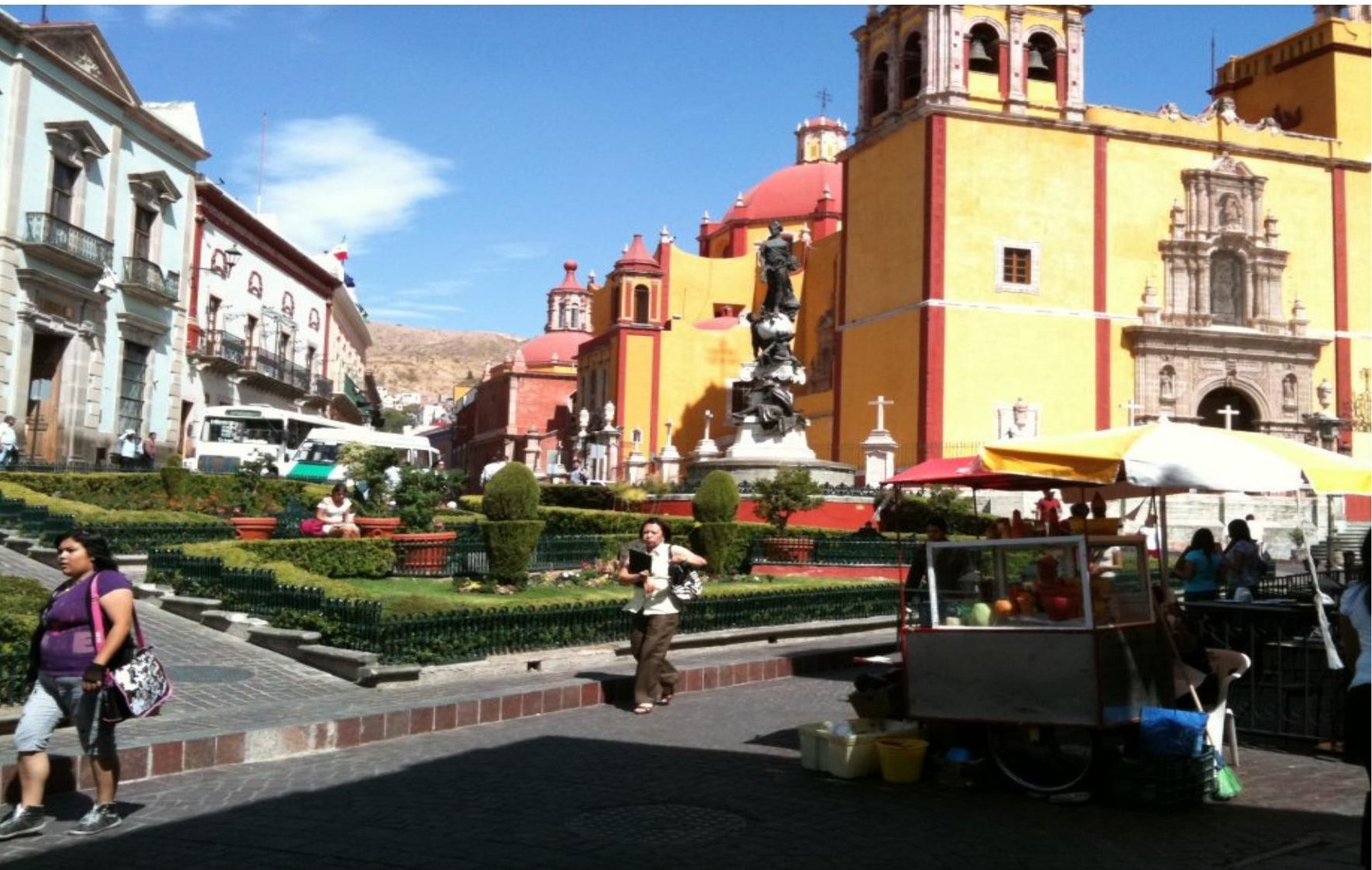


You must be logged in to post a comment.